
College Students in a Computer Lab Stock Photo Image of class, classroom 5949314
Students who engage in well-designed laboratory experiences have a greater opportunity to develop problem-solving and critical-thinking skills, as well as gain exposure to reactions, materials, and equipment. This is particularly important for science majors. 2. A Strategic Mix of Virtual & Hands-on Labs.

Students working in chemistry lab Stock Image F006/6902 Science Photo Library
Students in more advanced science classes spend more time in laboratory instruction than students enrolled in regular classes. At the same time, most students, regardless of race or level of science class, participate in a limited range of laboratory experiences that are not based on the design principles derived from recent research in science.

Helge Scherlund's eLearning News We Can Double Teens' Learning Education Week's blog > Rick
The review of research evidence draws on three major strands of research: (1) cognitive research illuminating how students learn; (2) studies that examine laboratory experiences that stand alone, separate from the flow of classroom science instruction; and (3) research projects that sequence laboratory experiences with other forms of science ins.
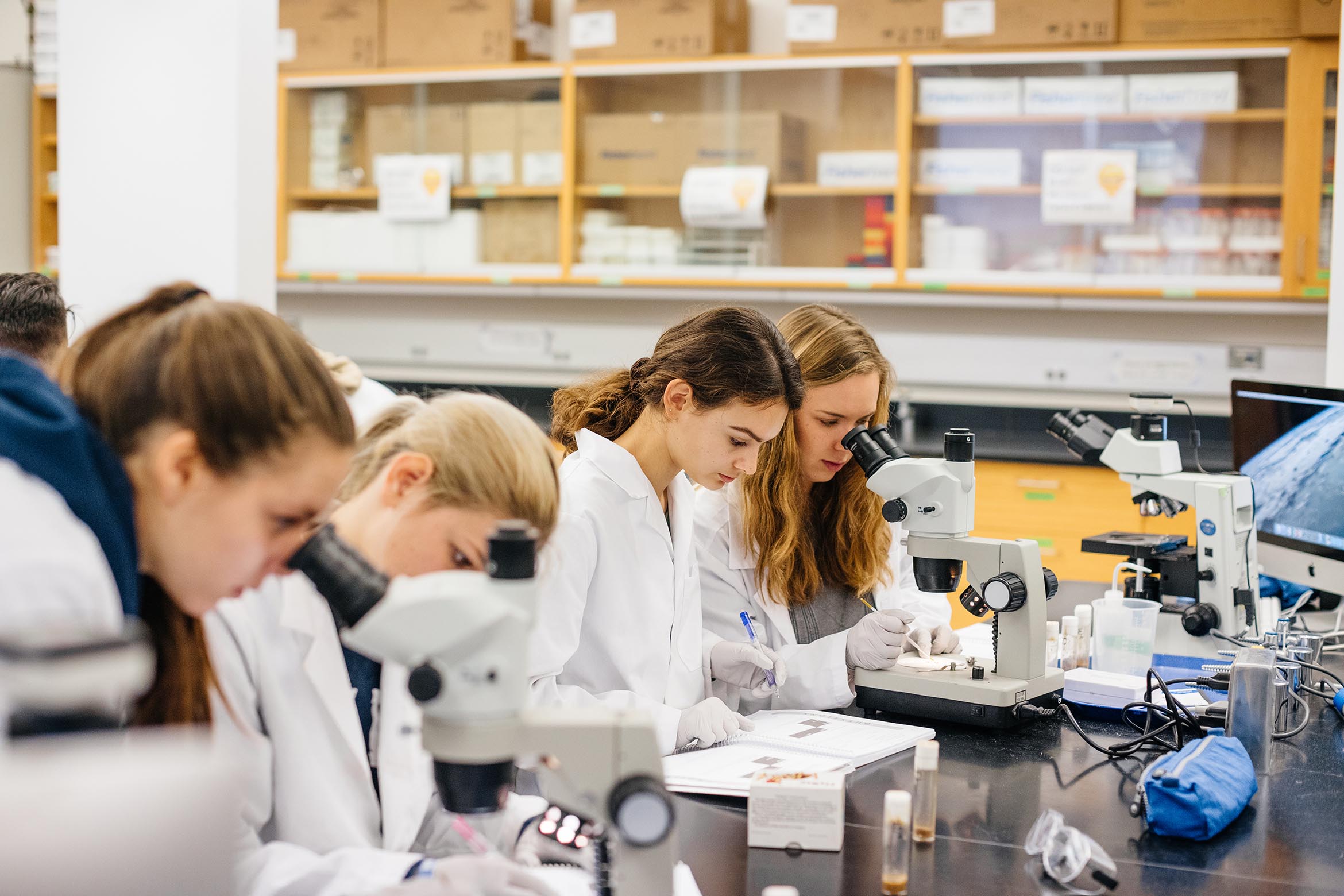
Transfer Admission Guarantee Undergraduate Admissions
Abstract. Laboratory-based learning allows students to experience bioscience principles first hand. In our experience, practical content and equipment may have changed over time, but teaching methods largely remain the same, typically involving; whole class introduction with a demonstration, students emulating the demonstration in small groups, gathering and analysing data, and concluding with.
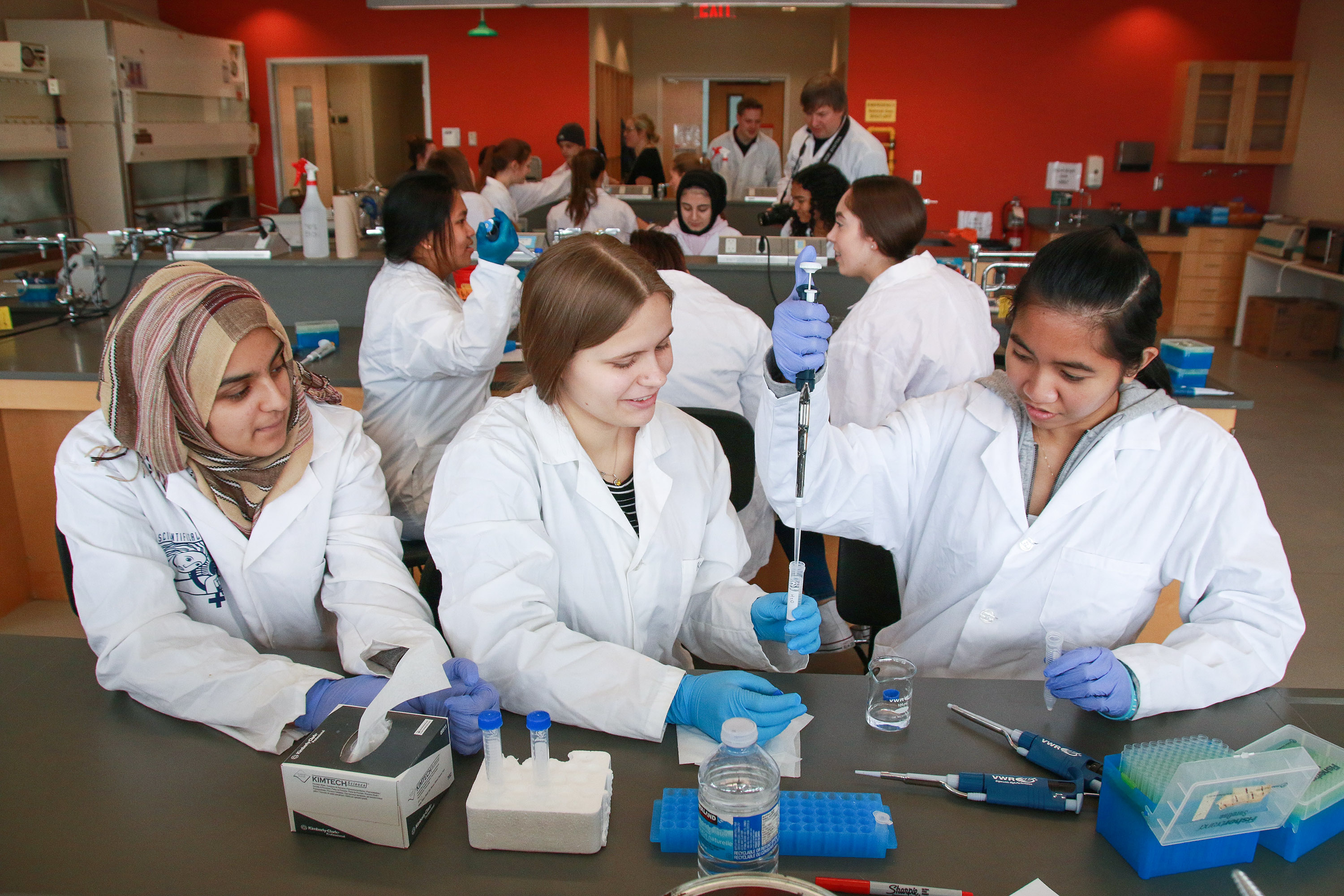
High school students in lab RS The Brock News
Leading laboratory experiences is a demanding task requiring teachers to have sophisticated knowledge of science content and process, how students learn science, assessment of students' learning, and how to design instruction to support the multiple goals of science education.
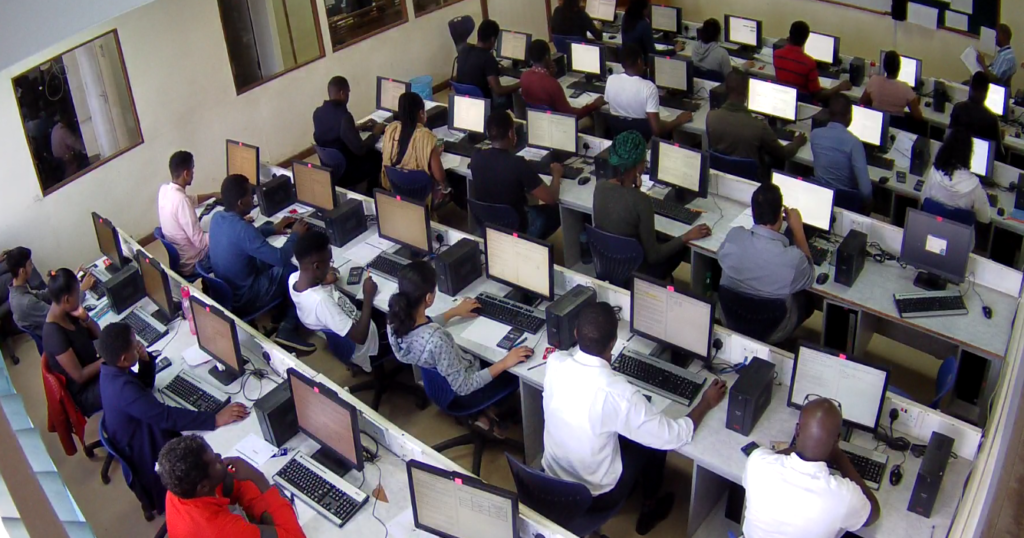
Computer Laboratory Oshwal College, Nairobi Kenya
Students proceeded through the following exercises (links located in Appendix 2): Exercise 1 - American Society for Microbiology (ASM) ( 1) and CCRI-specific laboratory safety guidelines. Students reviewed the guidelines and answered questions focused on comprehension of proper laboratory biosafety. Exercise 2 - Lab safety violation pictures.

College students in a computer lab RoyaltyFree Stock Image Storyblocks
During the spring of 2020, teaching laboratories worldwide were closed, and teachers quickly prepared online substitute activities. This study investigates the students' experience of the substitution of laboratory teaching with theoretical activities in an instrumental analytical chemistry course in the students' second year of study. Twelve students were interviewed about their.

New lab offers students rigorous pathway to science careers Lesley University
That's just what one student said in our survey of over 1,293 students who took online science labs in 2022-23. That sentiment echoes through many of the student responses, and underscores the importance of delivering online lab courses in ways that support students' needs and help them engage more deeply with course material.
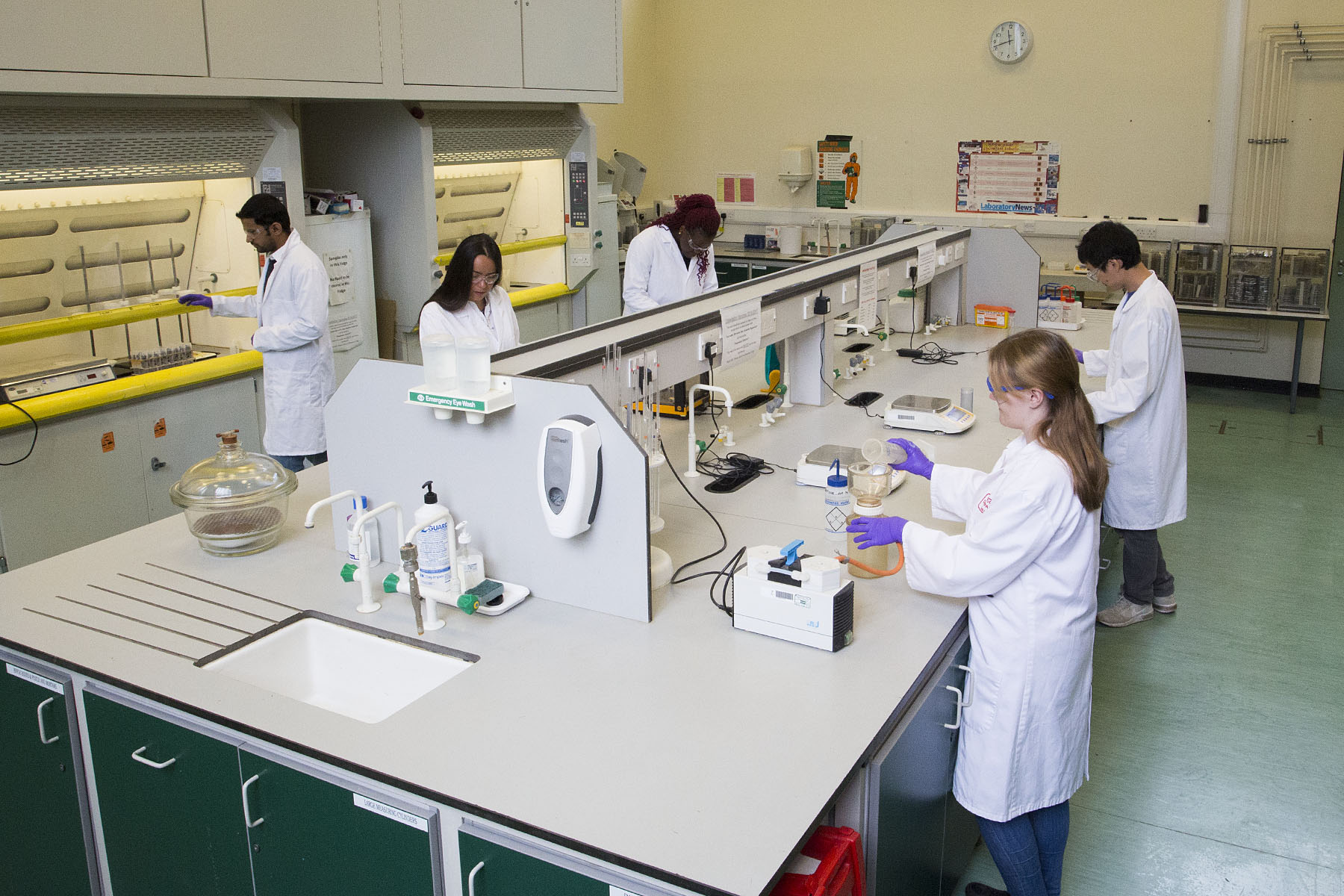
Teaching Laboratory Durham University
By Louise Hussein 8 June 2022 Bookmark Get your students in the zone with lab groups and locations It's a familiar routine; you announce to the class that it's time for a practical and immediately a scramble ensues. Unevenly numbered groups emerge, and one or two reluctant students are left out completely.

Students doing an experiment in lab Select English
Teaching in labs Labs provide students first-hand experience with course concepts and the opportunity to explore methods used by scientists in their discipline.
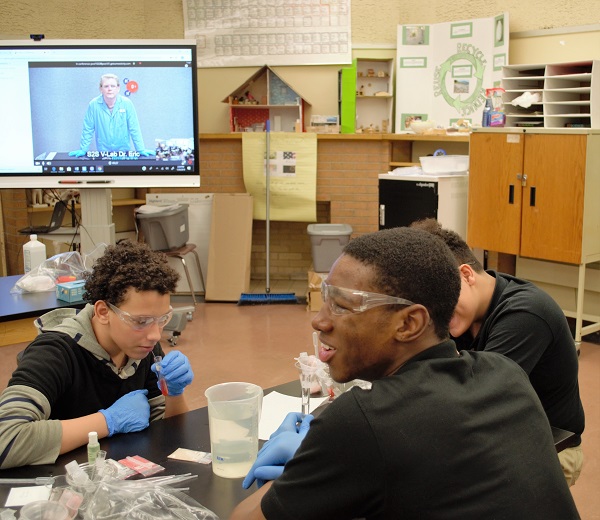
Students 2 Science Scales Virtual Science Lab to Reach More New Jersey Students NJ Tech Weekly
Laboratory classes provide students with first-hand experience with course concepts and with the opportunity to explore methods used by scientists in their discipline. Leading a laboratory session has particular challenges and opportunities that differ from those in a standard classroom environment.

Pin on Charles E. Schmidt College of Medicine
Student Laboratory Safety Training S.T.A.R.S. (Safe Techniques Advance Research Science) Training S.T.A.R.S. Training is a summer program only. Due to COVID-19 restrictions, S.T.A.R.S. will not be offered in 2022. Select one of the links below for more information: Goals Summer Student Safety Training Requirements
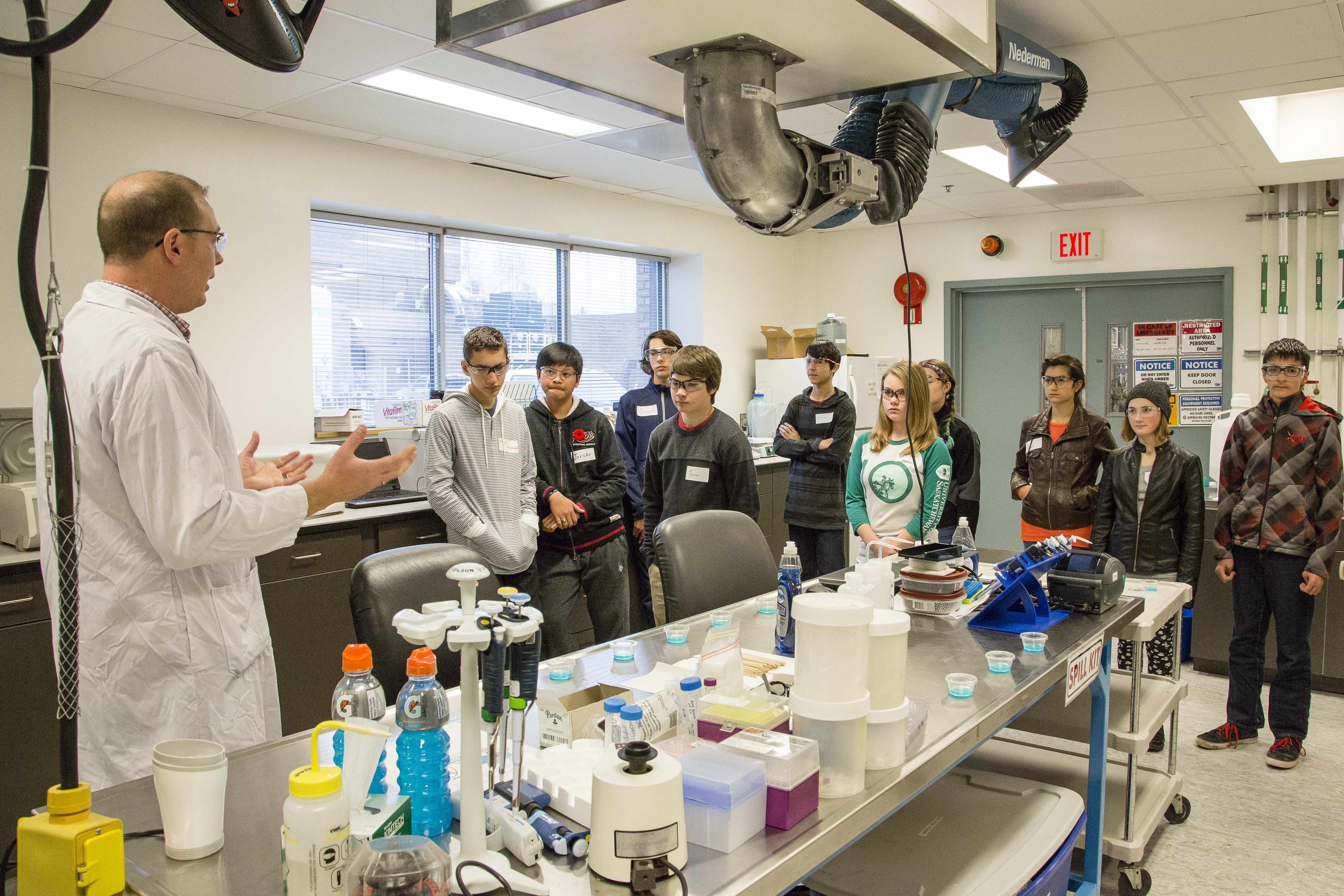
Eight Reasons Why Experiential Learning is Important in Business Saskatchewan Research Council
Physicians in specialties that order the tests are teaching medical students laboratory medicine and test use with minimal input from laboratory scientists who implement and maintain the quality control for those tests. Objective. To develop, implement, and evaluate a 1.5-day medical student clinical laboratory experience for fourth-year.
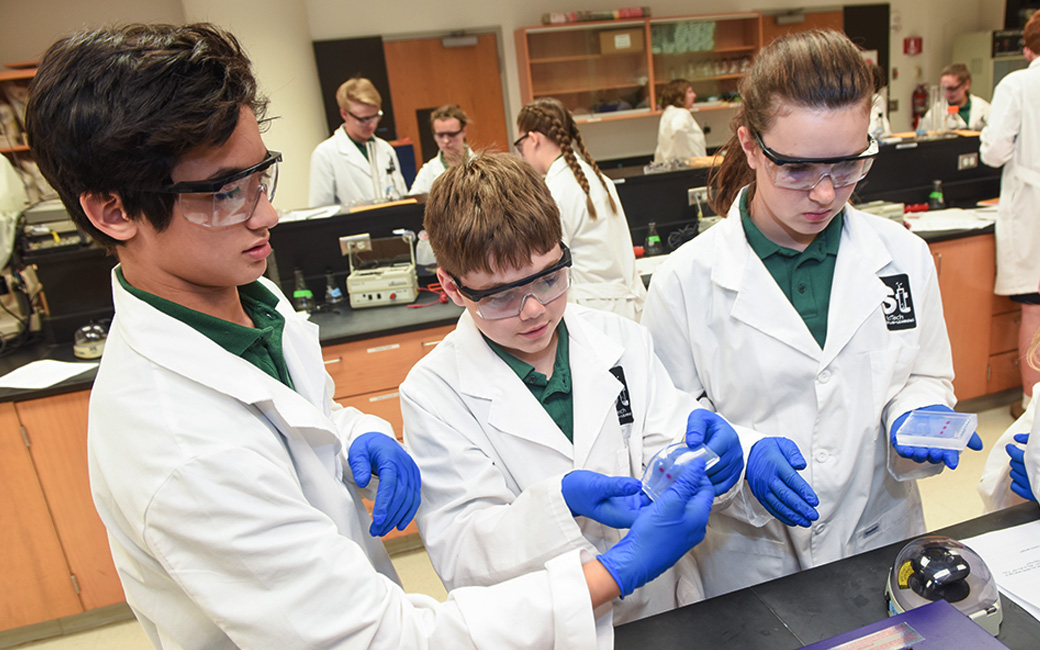
SciTech Student Learning Lab Towson University
Laboratory Overview: Do introduce the laboratory using a brief, but well organized overview of the important concepts for the current subject and the lab procedures that will help the student successfully complete the experiment. Create "Lab Tips," or notes on the board or in a handout with suggestions for achieving success.
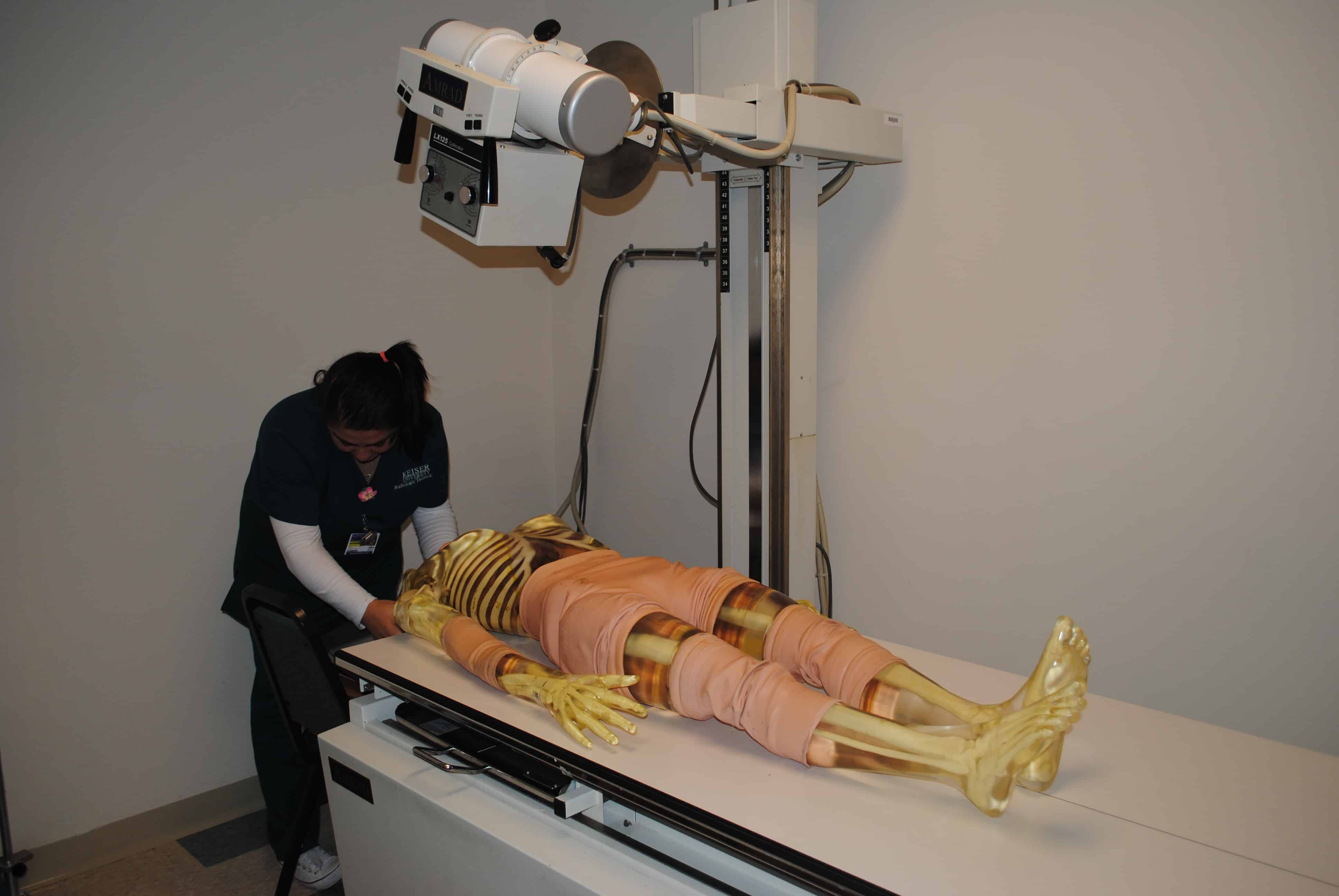
Radiologic Technology Students Get Time in the Lab Keiser University
There are 7 modules in this course. This course is developed to improve the effectiveness of laboratory classes in higher education. It aims to support teachers to improve their teaching skills for active learning in university science laboratory courses. It will show you how laboratory sessions can differ with respect to their aim and expected.
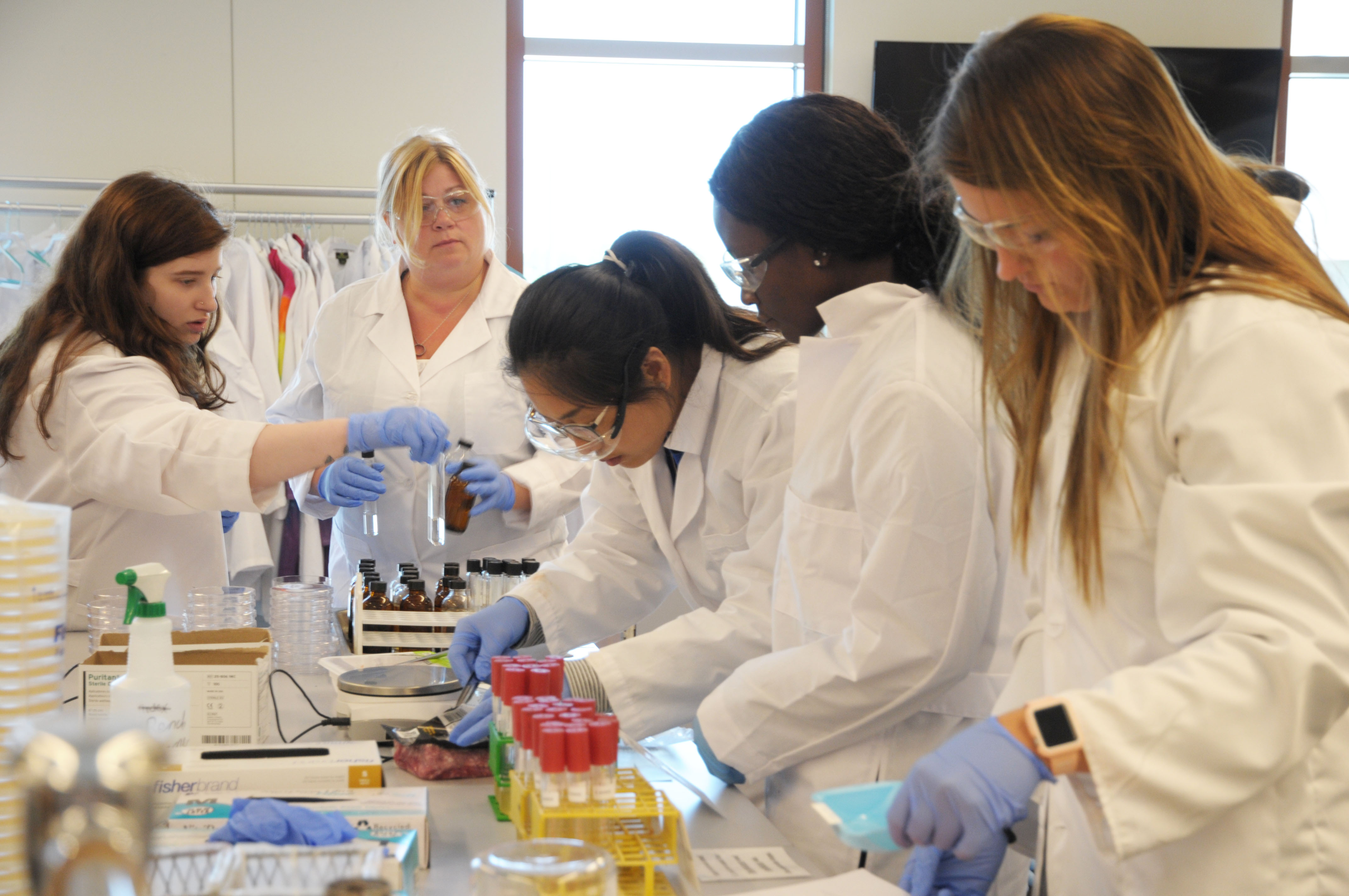
Students Receiving Free Classes through MWCC STEM Starter Academy Mount Wachusett Community
Across 6 engaging, interactive modules, the course teaches students to understand their role in maintaining a positive safety culture, recognize common laboratory hazards, assess and minimize those risks, and prepare for any emergencies that might arise. The 90-minute course is suitable for general chemistry courses at two-year and four-year.